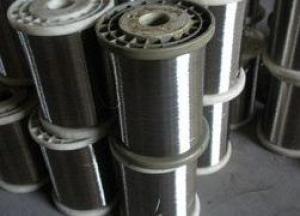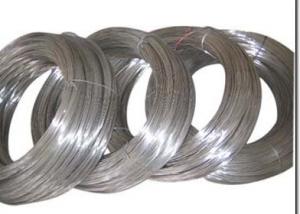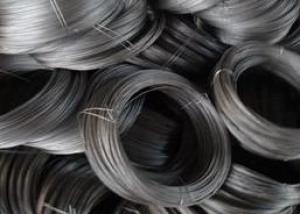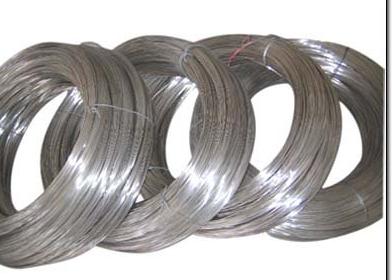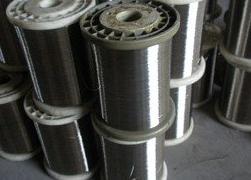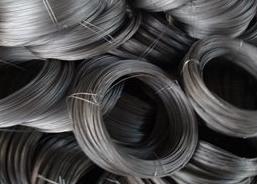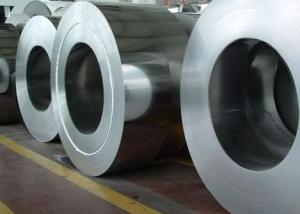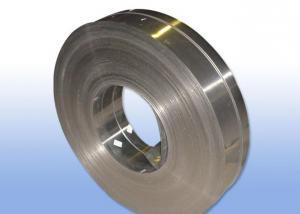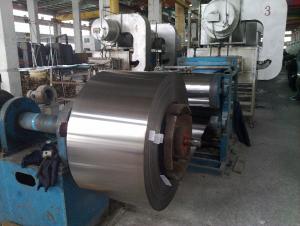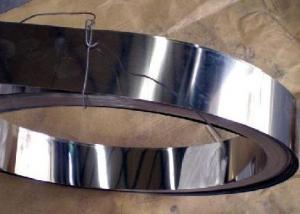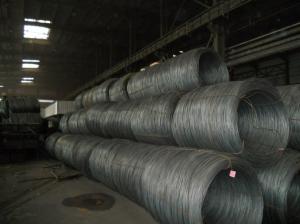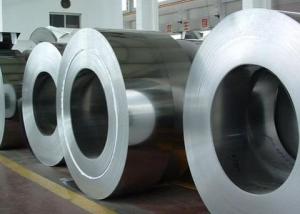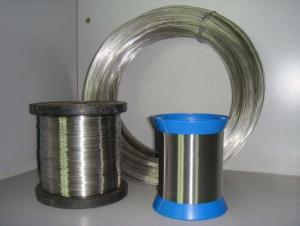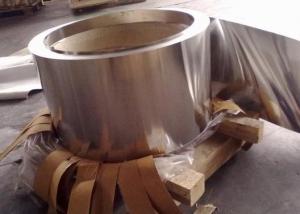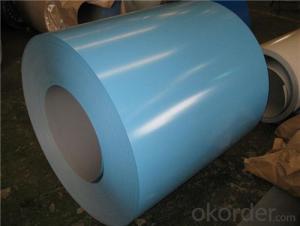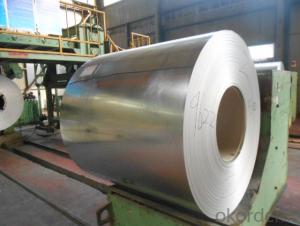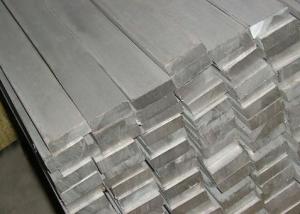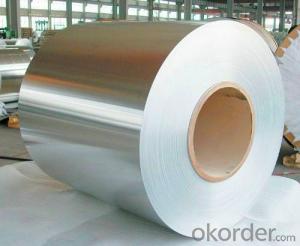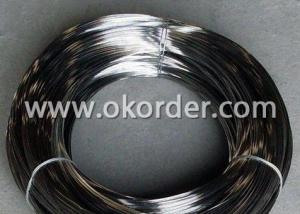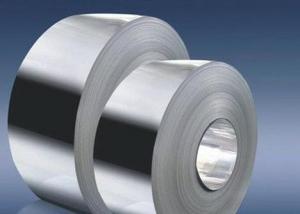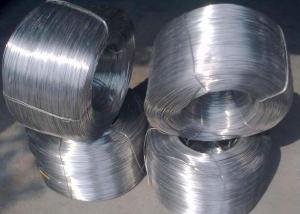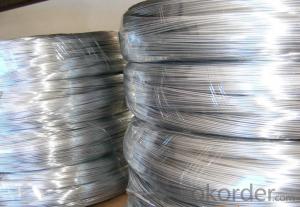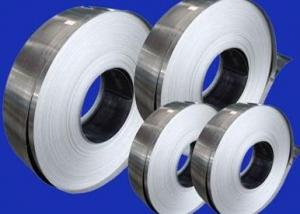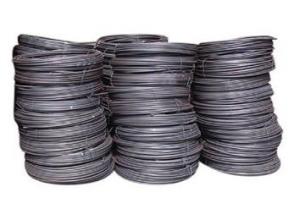201 Stainless Steel Wire
- Loading Port:
- China Main Port
- Payment Terms:
- TT or LC
- Min Order Qty:
- 1 Ton m.t.
- Supply Capability:
- 2000 Tons Per Month m.t./month
OKorder Service Pledge
OKorder Financial Service
You Might Also Like
Stainless Steel Wire
1.Grade: SS 200,300,400 series
2.Dia: 0.1mm-100mm
3.Length:500m-2000m/Reel
4.Surface: Bright
5.Certificate: Fortune 500, SGS, ISO 9001:2008
6.Test: Salt Spray over200 hours
7.MOQ:500kg
8.Delivery: Within 20 days
9.Packing: Reel, wooden box or according to your requirement
10.Payment terms: China Main Port or CIF ANY PORT
11. Application: Tie wire, pins, lashing, forming wire, filters, gaskets, elevators, safety wire, shaped and flat wire, conveyors, jewelry, springs, brush welding, electrical, wire line, craft and many more applications.
|
Main Grades |
C % |
Si % |
S % |
P % |
Mn % |
Cr % |
Ni % |
Mo % |
Cu % |
|
S30400 |
<0.08 |
<0.75 |
<0.015 |
<0.045 |
<2 |
18.05-19 |
8.01--8.25 |
<0.6 | |
|
304H |
0.04-0.1 |
<0.75 |
<0.015 |
<0.045 |
<2 |
18.05-19 |
8.01--8.25 |
<0.5 | |
|
304Hc1 |
0.03-0.05 |
<0.75 |
<0.015 |
<0.045 |
<2 |
18.05-19 |
8.01-8.25 |
1.2-1.6 | |
|
304Hc |
0.03-0.05 |
<0.75 |
<0.015 |
<0.045 |
<2 |
18.05-19 |
8.01--8.25 |
2-3 | |
|
304Hc3 |
0.03-0.05 |
<0.75 |
<0.015 |
<0.045 |
<2 |
18.05-19 |
8.01--8.25 |
3-3.5 | |
|
304ES |
<0.08 |
<0.75 |
<0.015 |
<0.045 |
2-3 |
16.05-17 |
6.01-6.3 |
1.5-3 | |
|
304M2 |
0.05-0.08 |
<0.75 |
<0.015 |
<0.045 |
2-3 |
18-18.5 |
7-8.1 |
<0.6 | |
|
304M3 |
0.05-0.08 |
<0.75 |
<0.015 |
<0.045 |
2-3 |
18-18.5 |
8.01-8.25 |
<0.6 | |
|
304L |
<0.035 |
<0.75 |
<0.015 |
<0.045 |
<2 |
18.05-19 |
8.01--8.25 |
<0.6 | |
|
321 |
0.04-0.08 |
<0.75 |
<0.015 |
<0.045 |
<2 |
17-18 |
8.01--8.25 |
||
|
316L |
<0.035 |
<0.75 |
<0.015 |
<0.045 |
<2 |
16.05-17 |
10.01--10.35 |
2.01-2.2 |
<1 |
|
316 |
0.04-0.08 |
<0.75 |
<0.015 |
<0.045 |
<2 |
16.05-17 |
10.01--10.35 |
2.01-2.2 |
<1 |
|
316LCu |
<0.035 |
<0.75 |
<0.05 |
<0.045 |
<2 |
16-17 |
10-10.5 |
2-2.25 |
|
|
ER316L |
<0.04 |
0.65 |
<0.03 |
<0.04 |
1.0-2.5 |
18-20 |
11.1-12 |
||
|
201CU |
<0.08 |
<0.75 |
<0.015 |
<0.045 |
8-9.5 |
13.05-14 |
4.01-4.25 |
2-3 | |
|
D667 |
<0.08 |
<0.75 |
<0.015 |
<0.045 |
13-14 |
13-14 |
0.7-1.5 |
1.5-3 | |
|
D665B |
<0.08 |
<0.75 |
<0.015 |
<0.045 |
14-16 |
10.05-11 |
<1.2 |
0.5--1.5 | |
|
202B |
0.1-0.15 |
<0.75 |
<0.015 |
<0.045 |
9-10 |
17.05-18 |
4.5-5 |
||
|
D669 |
0.08-1.0 |
<0.75 |
<0.015 |
<0.045 |
14.5-16 |
11-12 |
<1.2 |
0.5-1.5 | |
|
200CU |
<0.08 |
<0.75 |
<0.015 |
<0.045 |
11-12 |
13-14 |
1-2 |
1.5-2.5 |
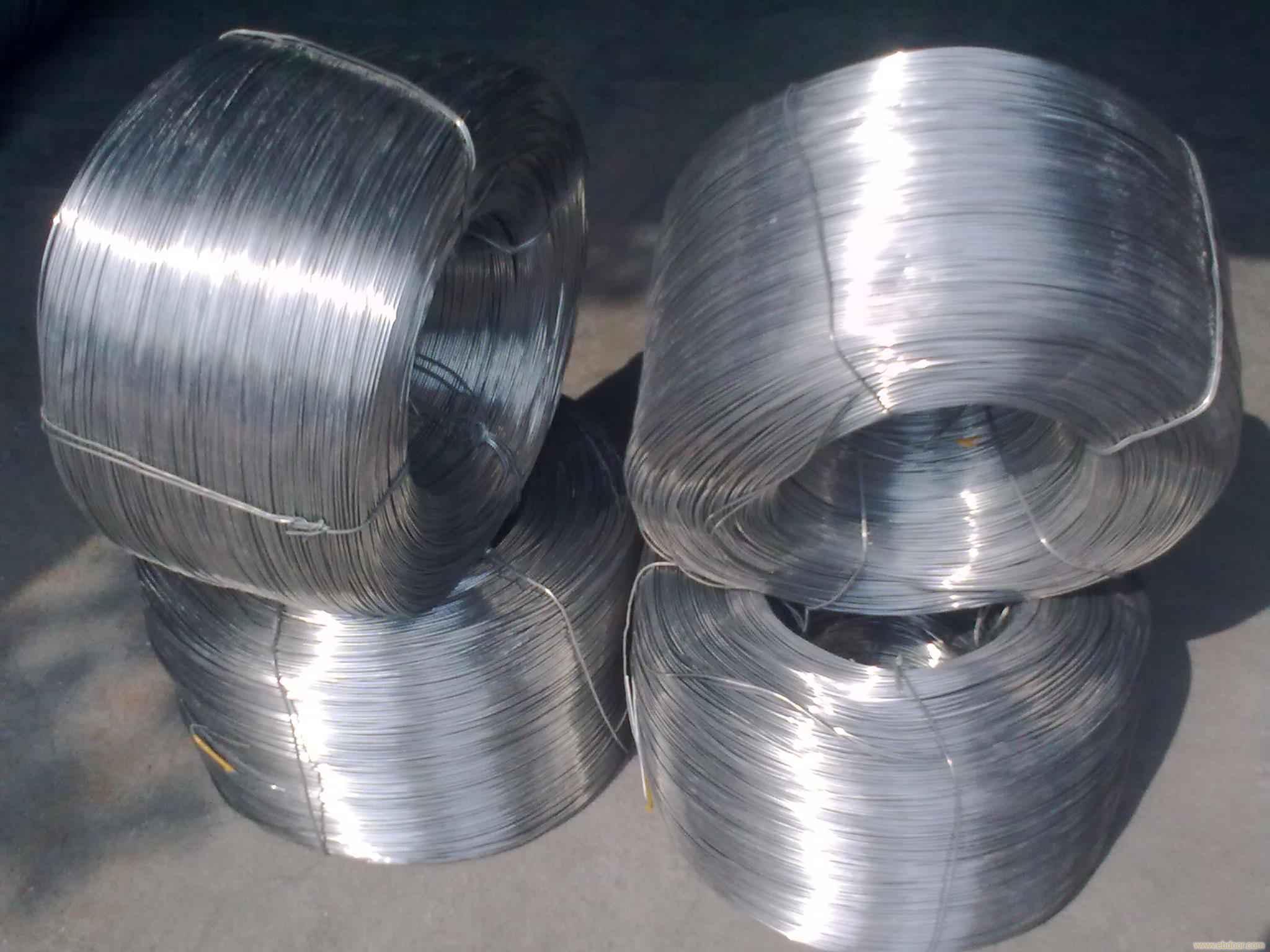
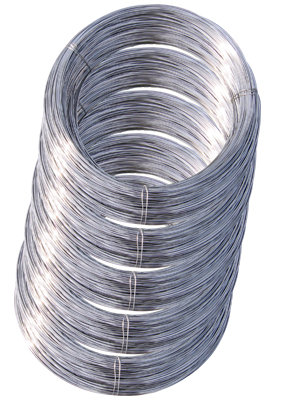
- Q: Can stainless steel wire be used for springs in the medical industry?
- Yes, stainless steel wire can be used for springs in the medical industry. Stainless steel is a commonly used material in medical devices due to its excellent corrosion resistance, high strength, and biocompatibility. Springs made from stainless steel wire can withstand the demanding conditions in medical applications, providing reliable and long-lasting performance.
- Q: 8m201 stainless steel expansion screw or galvanized iron expansion screw?
- Is simply false or deceptive directly mislead you, even hurt you. Light product quality is not qualified, serious person should be fined. Of course, the fastener consultant Yu Wenlong believes that if the strength of a fastener, please refer to your technical consultant, to grasp the direction of enterprise development, product positioning, customer orientation is a good choice.
- Q: What are the different types of stainless steel wire rope pulleys?
- There are several different types of stainless steel wire rope pulleys that are commonly used in various industries. 1. Single Sheave Pulleys: These pulleys have a single wheel or sheave that rotates on an axle. They are typically used in simple lifting and pulling applications where a single line of wire rope is required. 2. Double Sheave Pulleys: These pulleys have two wheels or sheaves that rotate on a common axle. They are designed to distribute the load evenly between two lines of wire rope, making them ideal for applications where increased lifting capacity or balance is needed. 3. Swivel Eye Pulleys: These pulleys feature a swivel eye attachment, allowing them to rotate freely in any direction. This design is particularly useful in applications where the pulley needs to change direction or follow the movement of the load. 4. Fixed Eye Pulleys: These pulleys have a fixed eye attachment, which means they cannot rotate freely. They are commonly used in situations where the direction of the load remains constant and no rotation is required. 5. Adjustable Pulleys: These pulleys have a mechanism that allows for the adjustment of the distance between the sheaves. This feature is beneficial in applications where the length of the wire rope needs to be adjusted to accommodate different loads or lifting heights. 6. Heavy-Duty Pulleys: These pulleys are designed to handle heavier loads and are constructed with larger sheaves and stronger materials. They are commonly used in industries such as construction, mining, and marine, where the demands on the pulleys are more significant. 7. Stainless Steel Swivel Pulleys: These pulleys are specifically made from stainless steel, which provides excellent corrosion resistance and durability. They are commonly used in outdoor or marine environments where exposure to moisture or saltwater can cause rust or degradation. Overall, the type of stainless steel wire rope pulley chosen will depend on the specific application requirements, load capacity, and environmental conditions in which it will be used.
- Q: What are the different weaving patterns available for stainless steel wire mesh?
- There are several weaving patterns available for stainless steel wire mesh, including plain weave, twill weave, Dutch weave, and reverse Dutch weave. These patterns vary in terms of wire density, mesh opening size, and strength, allowing for different applications and levels of filtration.
- Q: What are the different types of stainless steel wire springs?
- Various industries commonly use different types of stainless steel wire springs. Some of the most frequently used types include: 1. Compression Springs: These springs resist compressive forces and are ideal for storing energy or absorbing shock. They find extensive applications in the automotive, aerospace, and industrial sectors. 2. Extension Springs: These springs resist tensile forces and are commonly used for pulling or extending objects. You can commonly find them in garage doors, trampolines, and various mechanical devices. 3. Torsion Springs: These springs resist twisting or rotational forces and are typically used for storing and releasing energy. They are often present in door hinges, clock mechanisms, and various automotive components. 4. Wire Form Springs: These springs are created by bending wire into shapes like hooks, clips, or rings. They have a wide range of applications, including electrical connectors, fasteners, and suspension systems. 5. Constant Force Springs: These springs provide a consistent force over a specific range of motion. They are often used where a steady force is required, like in retractable seat belts or window shade mechanisms. 6. Die Springs: These heavy-duty compression springs are specifically designed for high-stress applications. They are commonly found in stamping and molding machines, as well as heavy machinery and equipment. It should be noted that the selection of the appropriate type of stainless steel wire spring depends on various factors, such as load capacity, temperature resistance, corrosion resistance, and environmental conditions. Seeking advice from a spring manufacturer or engineer can help determine the most suitable type for a specific application.
- Q: Can stainless steel wire be used for conveyor belts?
- Yes, stainless steel wire can be used for conveyor belts.
- Q: What is the diameter range of stainless steel wire?
- The diameter range of stainless steel wire can vary depending on the specific application and manufacturing process. In general, stainless steel wire can be found in diameters ranging from very thin, as small as 0.001 inches (0.0254 millimeters), to much thicker, up to 0.5 inches (12.7 millimeters) or even larger. The specific diameter range available will depend on factors such as the desired strength, flexibility, and conductivity of the wire, as well as the intended use.
- Q: Can stainless steel wire be used for architectural mesh?
- Yes, stainless steel wire can be used for architectural mesh. Stainless steel is a popular choice for architectural applications due to its strength, durability, and corrosion resistance. It can be woven or welded into various mesh patterns to create a visually appealing and functional architectural mesh for applications such as facades, ceilings, partitions, and balustrades.
- Q: Can stainless steel wire be supplied in wooden reels?
- Yes, stainless steel wire can be supplied in wooden reels. Wooden reels are commonly used for packaging and transporting various types of wires, including stainless steel wire. The wooden reels provide a sturdy and durable container for the wire, protecting it from damage during shipping and handling. Additionally, the wood used in these reels is often treated to prevent moisture absorption, ensuring the wire remains in good condition.
- Q: Can stainless steel wire be used for filtration applications?
- Indeed, filtration applications can utilize stainless steel wire. This material, known for its durability and resistance to corrosion, proves highly suitable for diverse filtration procedures. Particularly in industrial environments, stainless steel wire is commonly employed to filter liquids, gases, and particles. To attain desired filtration efficiency, the wire can be woven into various mesh sizes and shapes. Furthermore, it is possible to enhance the wire's filtration properties by coating or treating it with different substances, thereby improving its resistance to high temperatures or chemical reactions. Ultimately, stainless steel wire serves as a versatile solution capable of effectively meeting the filtration requirements of various industries.
Send your message to us
201 Stainless Steel Wire
- Loading Port:
- China Main Port
- Payment Terms:
- TT or LC
- Min Order Qty:
- 1 Ton m.t.
- Supply Capability:
- 2000 Tons Per Month m.t./month
OKorder Service Pledge
OKorder Financial Service
Similar products
Hot products
Hot Searches
Related keywords
